October Walking Tour – Ornamental Fruit: Berries, Drupes and Pommes
When we think about late-season garden interest, fall asters and tawny grass textures might come to mind, or perhaps the smoldering reds and oranges of autumn foliage. But plants can also offer ornamental value through their fruit whether they are berries, drupes or pommes (yes, they are all unique!).
Here are five plants that have distinct fruits that add to their ornamental value, especially in the autumn and winter:
Berberis haematocarpa (Red Barberry)
One of the toughest broadleaf evergreen shrubs available for Colorado’s Front Range, red barberry opens the year with yellow nectar-rich flowers that give way to large red berries that ripen in late summer. Haematocarpa literally means “red fruit,” and like others in the family, this barberry’s fruits are true berries. Berries are distinct from other fruits because they are produced from a single flower that contains one ovary and the seeds are usually embedded in the fleshy part of the fruit rather than contained within a hard pit or papery core. The best examples of Berberis haematocarpa are located on the western edge of Dryland Mesa just across from the Laura Smith Porter Plains Garden.
Crataegus ambigua (Russian Hawthorn)
Introduced through the Plant Select® program in 2011, Russian hawthorn is an adaptable small tree that flowers profusely in the spring and develops clusters of bright red pommes that persist even after its leaves have fallen for the winter. Pommes are unlike berries and drupes in that they have a distinct core that contains multiple seeds. Found only among members of the rose family (in the apple subtribe of Rosaceae to be exact), pears and apples are some of the most common edible examples of pommes. You can find three excellent specimens of Crataegus ambigua just east of Monet Pool on the northernmost edge of the Darlene Radichel Plant Select Garden. Check out the crabapple trees lining either side of Shady Lane for more examples of ornamental pommes.
Berberis repens (Creeping Oregon Grape)
If you have dry shade in your garden, this is the plant for you. A sprawling, low-growing native shrub that is xeric, evergreen and produces large clusters of dark blue berries in the autumn. The berries are edible, though they are quite bitter and best with added sugar in a jam. Even if you don’t use the berries, songbirds will appreciate the food during the winter months. You can find large stands of Berberis repens forming a ground cover around the Ella Mullen Weckbaugh Tea House in the Japanese Garden and sprinkled throughout the understory of the Gates Montane Garden.
Prunus × virginiana SUCKER PUNCH® (Choke Cherry)
Choke cherries are some of the very best plants you can grow to support wildlife across the entire food chain. They are a larval host plant to a least 300 species of butterflies and moths and their dark purple drupes are a favorite food of songbirds. Drupes are distinguished from other fleshy fruits by the hard stone, or pit, at their center. Plums, peaches and apricots are classic examples of edible drupes. SUCKER PUNCH is a non-suckering hybrid form of Prunus virginiana with the upright growth habit of a small tree. You can find two examples on the east side of the Darlene Radichel Plant Select Garden.
Symphoricarpos albus (Snowberry)
Featuring clustered white berries that remain on the stems all winter long, snowberries provide a unique form of winter interest in the garden. During the growing season, the arching stems of this rounded shrub hold small oval-shaped leaves. Snowberries are not edible by humans, but birds and small mammals utilize the fruit throughout the winter months, which adds to this plant’s considerable wildlife value. You can find a large colony of Symphoricarpos albus across from the Nexus Garden and several other specimens scattered along the south edge of the Bill Hosokawa Bonsai Pavilion.
Gallery
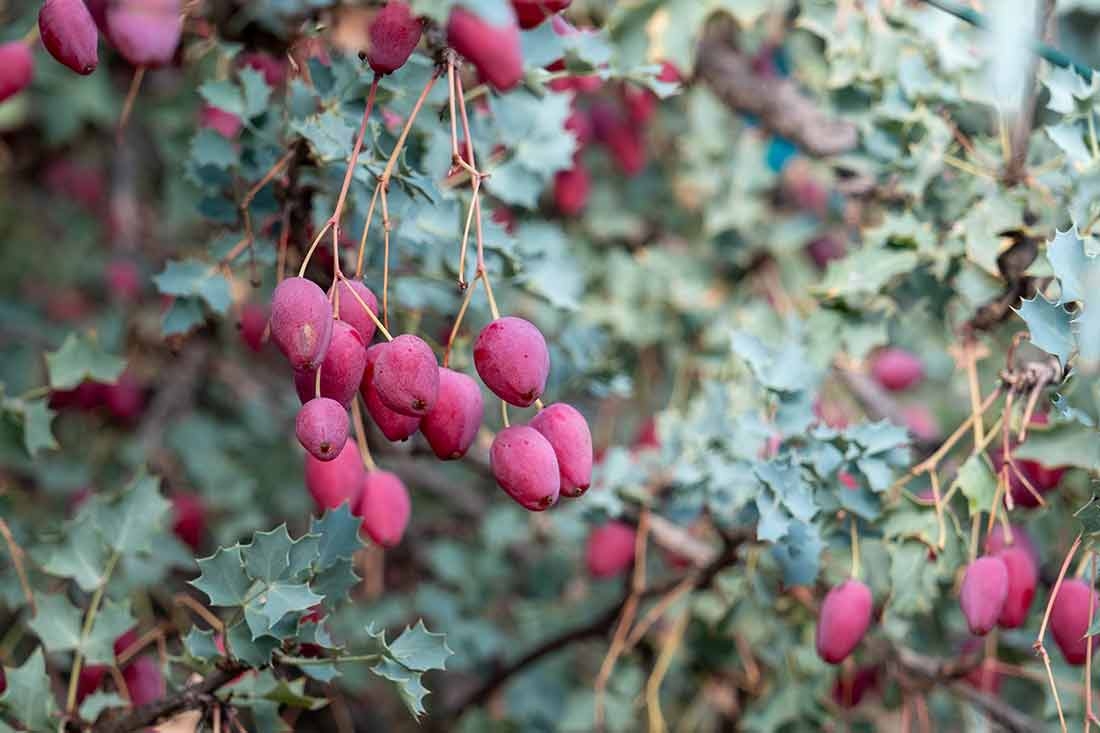
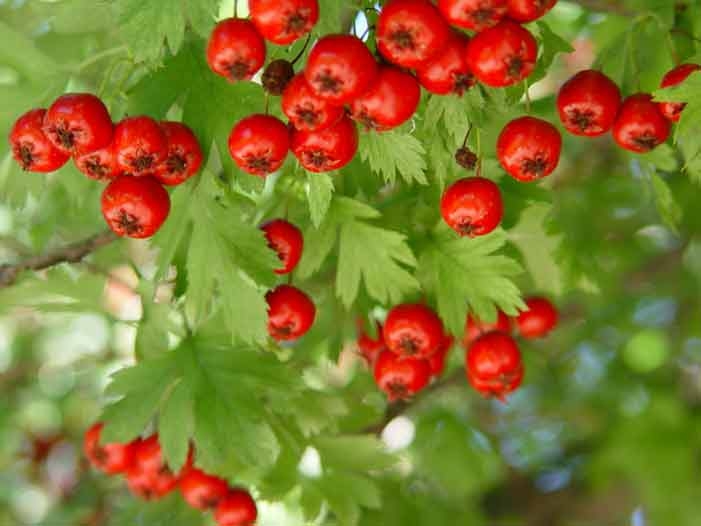
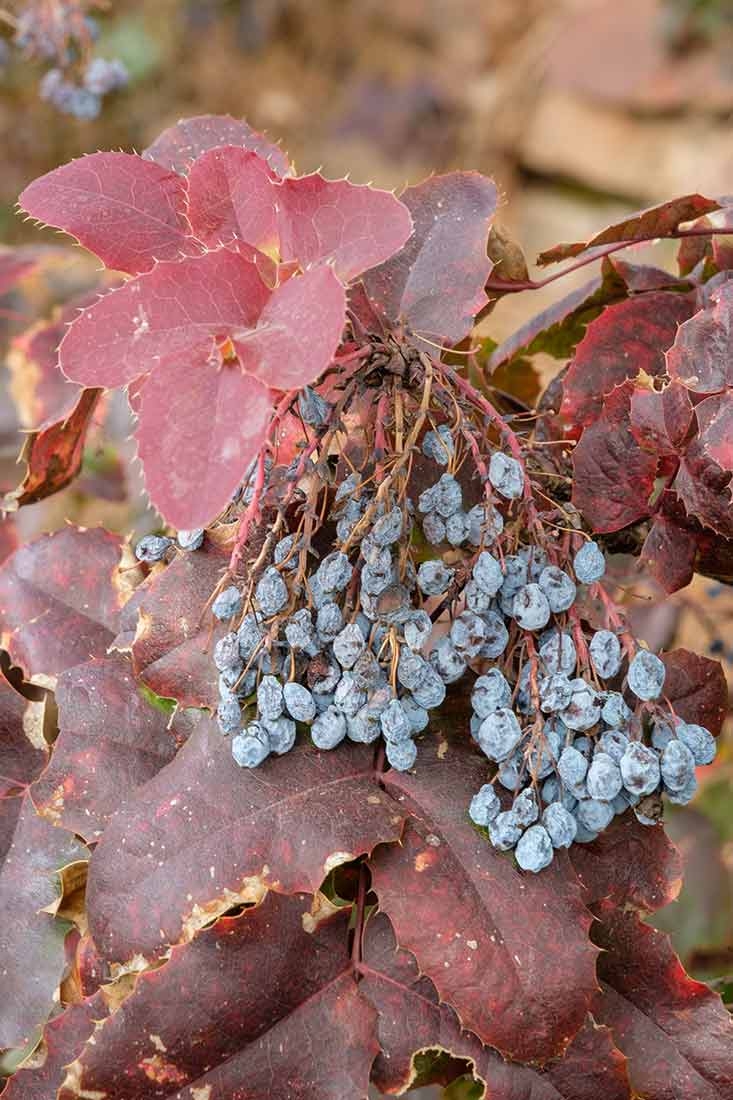
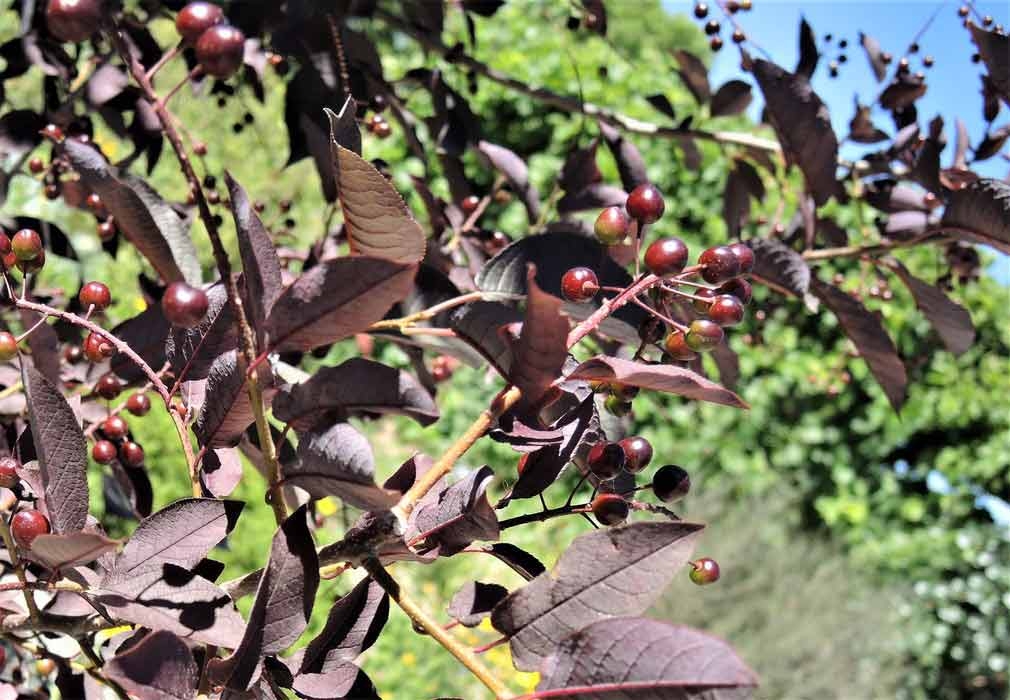
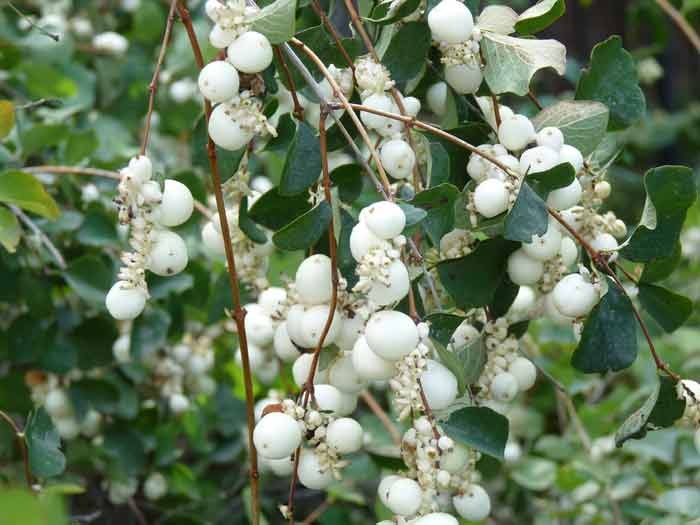
Add new comment